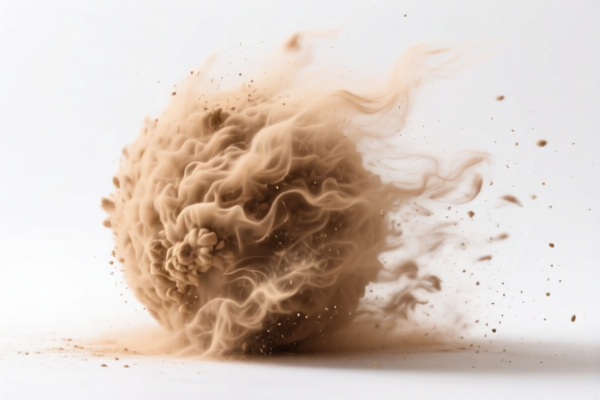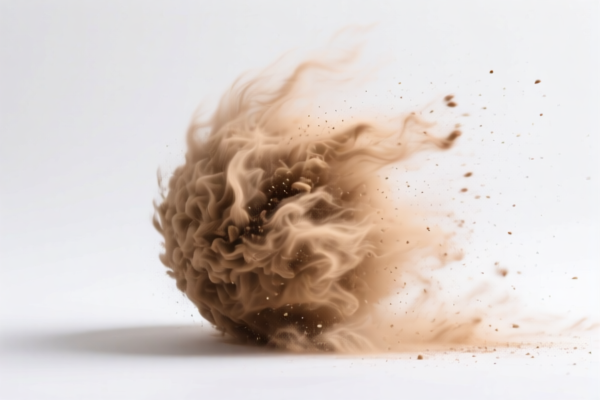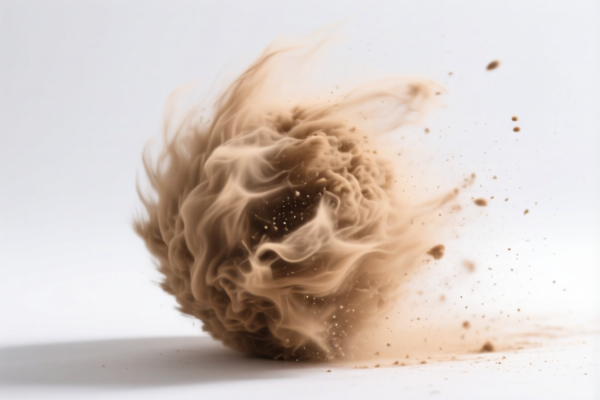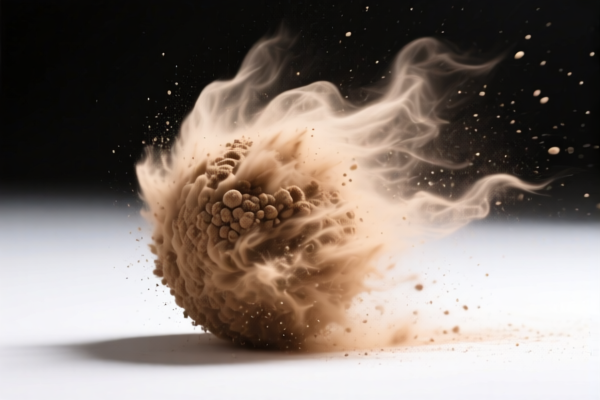| HS Code | Official Doc | Tariff Rate | Origin | Destination | Effective Date |
|---|---|---|---|---|---|
| 8424490000 | Doc | 57.4% | CN | US | 2025-05-12 |
| 8424899000 | Doc | 56.8% | CN | US | 2025-05-12 |
| 8477300000 | Doc | 58.1% | CN | US | 2025-05-12 |




Blowing Machine
A blowing machine is a device used to produce hollow plastic products by inflating a molten plastic preform or parison within a mold. The process is commonly known as blow molding. These machines are integral to the mass production of a wide variety of containers and objects.
Materials
Blowing machines work with a range of thermoplastic polymers, including:
- Polyethylene (PE): High-Density Polyethylene (HDPE), Low-Density Polyethylene (LDPE), and Linear Low-Density Polyethylene (LLDPE) are frequently used for bottles, containers, and films.
- Polypropylene (PP): Known for its high chemical resistance, PP is used in containers for detergents, chemicals, and food packaging.
- Polyethylene Terephthalate (PET): Commonly used for beverage bottles, food jars, and cosmetic containers due to its clarity and strength.
- Polyvinyl Chloride (PVC): Used for industrial applications, medical containers, and rigid packaging.
- Other Thermoplastics: Polystyrene (PS), Polycarbonate (PC), and others can also be processed depending on the machine's capabilities.
Purpose
The primary purpose of a blowing machine is to efficiently create hollow plastic products with consistent shape, size, and wall thickness. This process is significantly faster and more cost-effective than other methods for producing large quantities of hollow items.
Function
The blow molding process generally involves these steps:
- Preform/Parison Creation: A plastic material is heated and formed into either a preform (a small, thick-walled tube with a screw cap finish – used in PET blow molding) or a parison (a hollow tube – used in other blow molding types).
- Mold Clamping: The preform or parison is placed between two mold halves, which are then securely clamped together.
- Inflation: Compressed air is injected into the preform/parison, forcing it to expand and conform to the shape of the mold cavity.
- Cooling & Solidification: The plastic cools and solidifies within the mold.
- Ejection: The mold opens, and the finished plastic product is ejected.
- Trimming (if necessary): Excess plastic (flash) may be trimmed from the product.
Usage Scenarios
Blowing machines are used in numerous industries, including:
- Packaging: Production of bottles for beverages (water, soda, juice), detergents, cosmetics, pharmaceuticals, and food.
- Automotive: Manufacturing of fuel tanks, air ducts, and other hollow components.
- Industrial: Creation of containers for chemicals, lubricants, and other industrial fluids.
- Household Products: Production of toys, garden equipment, and other plastic items.
- Medical: Manufacturing of bottles, containers, and other medical devices.
Common Types
Several types of blowing machines exist, each suited for different materials, product sizes, and production volumes:
- Extrusion Blow Molding: A parison is created by extruding molten plastic, then inflated within a mold. Suitable for a wide range of shapes and sizes, particularly larger containers.
- Injection Blow Molding: A preform is created by injection molding, then inflated within a mold. Ideal for producing small, precision parts with tight tolerances.
- Stretch Blow Molding: A preform is stretched both axially and radially during inflation, resulting in higher strength and clarity. Commonly used for PET beverage bottles. There are variations including single-stage and two-stage stretch blow molding.
- Co-extrusion Blow Molding: Multiple layers of different plastic materials are extruded simultaneously to create containers with barrier properties or aesthetic effects.
- Rotational Molding: A mold is rotated while heated, allowing plastic to coat the interior surface. Used for producing large, hollow, seamless parts.
The declared goods, “blowing machine”, fall under machinery used for working rubber or plastics or for the manufacture of products from these materials. Here's a breakdown of relevant HS codes based on the provided information:
- 8477300000: Machinery for working rubber or plastics or for the manufacture of products from these materials, not specified or included elsewhere in this chapter; parts thereof: Blow-molding machines.
- 84: Chapter 84 covers nuclear reactors, boilers, machinery and mechanical appliances; parts thereof.
- 77: Heading 8477 specifically addresses machinery for working rubber or plastics.
- 30: Subheading 847730 further defines this as blow-molding machines. This machinery is used to create plastic products by inflating molten plastic into a mold.
Tax Rate Details:
- Basic tariff: 3.1%
- Additional tariff: 25.0%
- Additional tariff after April 2, 2025: 30%
- Total tariff: 58.1%
According to the provided reference material, the HS code options related to 'blowing machine' are limited, with only the following 1 found.
Customer Reviews
No reviews yet.